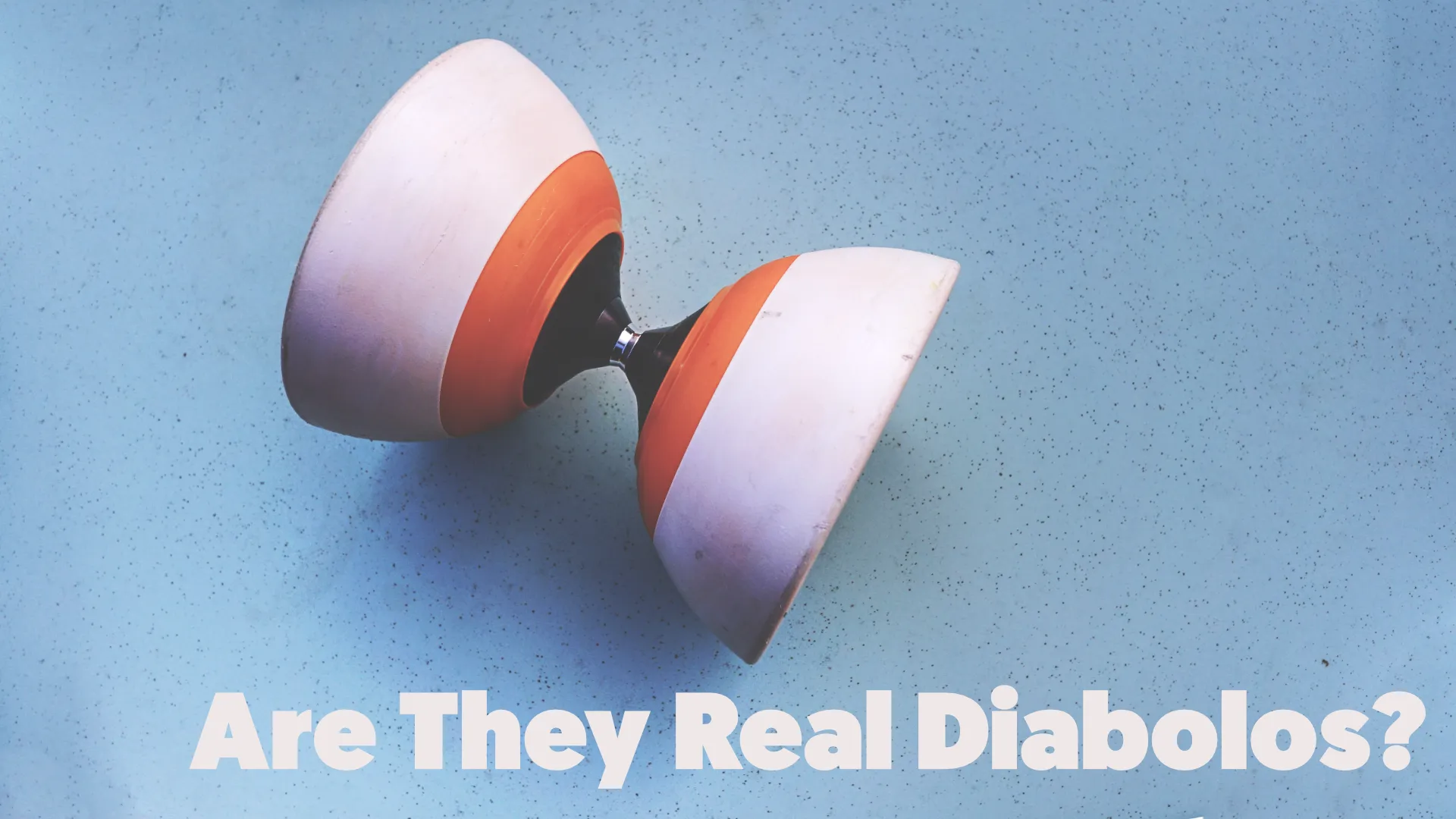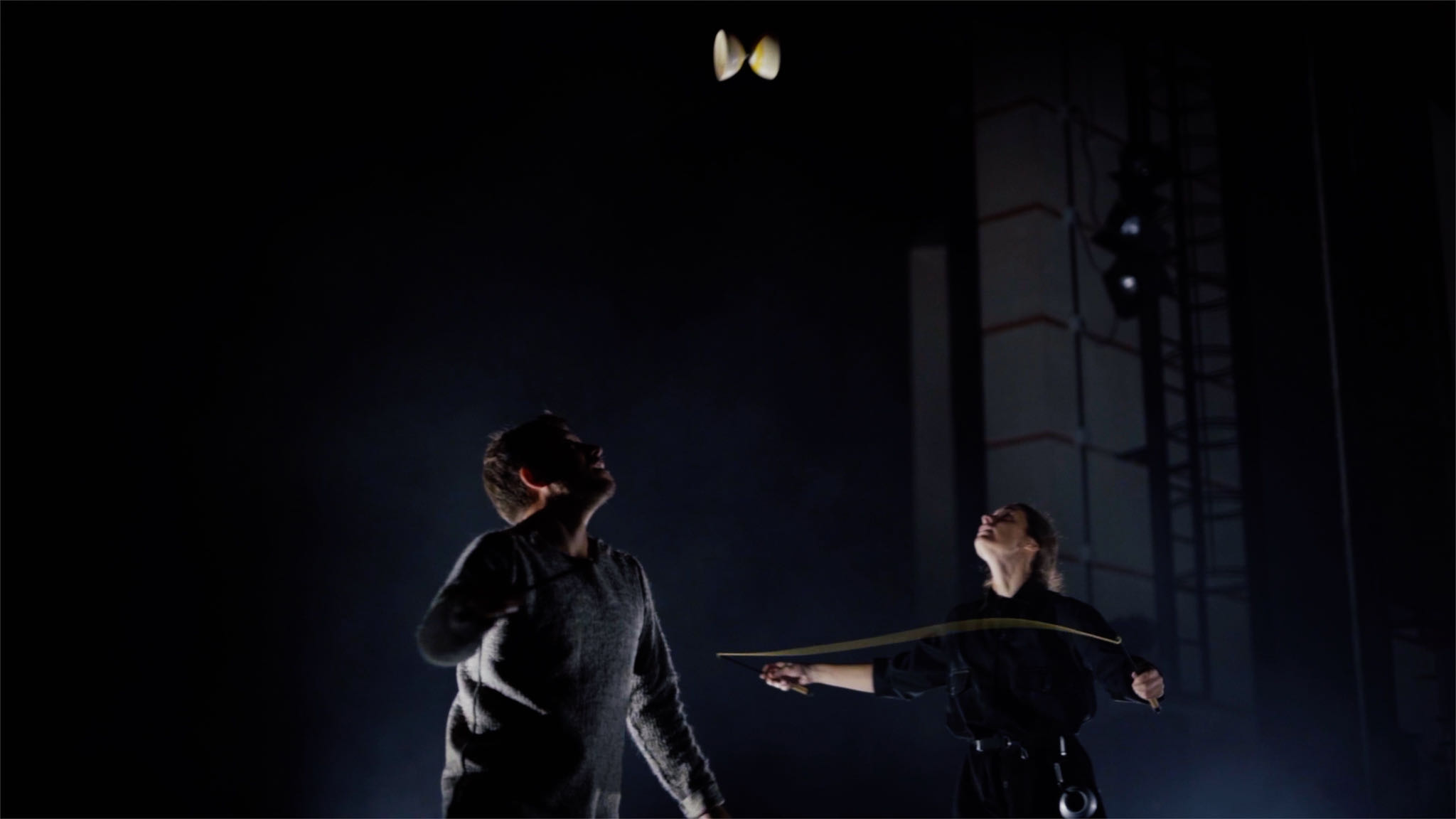I’ve spent a lot of time exploring diabolo, focusing on the details that make it such an engaging practice. Bearing diabolos bring something new, with longer spins and smoother movements. But after testing them, I keep coming back to one question: are they still diabolos? Let me explain why.
Index
The Mechanics Behind Bearings
At its core, a bearing diabolo uses one-way bearings, allowing it to spin in a single direction for much longer than a traditional fixed axle. When the diabolo reverses direction on the string, the bearing locks in, reducing friction and extending spin time.
The result is remarkable stability, with spins that seem to defy expectations. A bearing diabolo feels like it’s doing part of the work for you, opening the door to new techniques and possibilities. But this shift in mechanics also changes how the diabolo interacts with the player, which raises questions about the experience it creates.
Bearing Diabolo vs Fixed
The difference between a bearing and a fixed axle diabolo becomes clear the moment you pick one up. A fixed diabolo demands constant attention. Every movement requires adjustment, and each throw feels like part of a conversation between you and the prop. That challenge is what makes fixed diabolos so rewarding, they keep you grounded in the fundamentals and force you to develop precision and rhythm.
Bearing diabolos, on the other hand, create a smoother experience. With the one-way spin, there’s less need for corrections, which can feel liberating. It’s easier to explore new tricks, especially in horizontal styles like vertax. But at the same time, some of that connection is lost. The diabolo feels less like an extension of yourself and more like a tool that operates independently. Choosing between the two isn’t just about performance; it’s about what kind of relationship you want with your practice.
Comparing Bearing Axel Types
Not all bearing axles are the same. Here’s a quick breakdown of the most common types I’ve tested:
| Axel Type | Features | Compability | Price |
|---|---|---|---|
| 1-Bearing Axle | Basic bearing for specific Sundia diabolos | Compatible with Falcon, Soarin, Shining, | 25€ |
| 3-B Bearing | Robust, long-lasting, popular bearing | Falcon, Shining, MHD Pro, Soarin, Magforce, | 29€ |
| Axle for EVO 5-B | Most performant bearing, faster than triple, exceptional stability, ultra-smooth feeling. | EVO Hard cups, but I use it with soft ones. | 36€ |
| Magforce 3-B Axle | Triple bearing with magnetic rings,hyper smooth, quiet play, carbon washers. | Magforce, Falcon, Shining, MHD Pro, Soarin | 38€ |
The Impact of the Gyroscopic Effect
One of the biggest differences with a bearing diabolo is the gyroscopic effect. The reduced friction and longer spin create a strong resistance to tilting, making tricks on the horizontal plane, like vertax, far easier. With a fixed axle, you’re constantly making corrections to keep the diabolo stable. A bearing diabolo minimizes this need, allowing you to focus more on creativity than maintenance.
This innovation has led to the rise of new techniques and styles, such as two-stick diabolo, which rely heavily on the stability that bearings provide. Personally, though, I’ve never felt drawn to bearings. I bought one a few years ago and rarely use it. While I can see the creativity they inspire in others, like the incredible work of Sebastian Haushofer, it doesn’t resonate with how I like to connect with the diabolo.
Understanding the Audience’s Perspective
An audience might not notice the difference between a bearing diabolo and a fixed axle. The prolonged spin and seamless motion appear fully integrated into the performer’s skill, creating an impression of precision and control. To the untrained eye, this subtle enhancement blends into the routine, making the physics of the performance feel almost unbelievable.
Bearing diabolos expand the possibilities for jugglers, enabling techniques and patterns that fixed axles cannot easily replicate. It’s a choice, a deliberate decision to take your juggling game to places where a diabolo cannot. Choosing a bearing diabolo feels like moving from a bicycle to an electric bike. Both get you to the same direction, but the way you interact with the tool changes the experience entirely.




Leave a Reply
You must be logged in to post a comment.